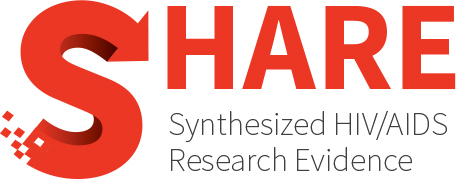Dolutegravir dual therapy as maintenance Treatment in HIV-infected Patients: A review
Abstract
OBJECTIVE: To review available evidence for dolutegravir-based dual therapy as maintenance treatment in HIV-1 infected patients. DATA SOURCES: A literature search was conducted using PubMed, MEDLINE, and Google Scholar to the end of January 2018. Conference abstracts and article bibliographies were also reviewed. STUDY SELECTION AND DATA EXTRACTION: All English-language, randomized, and observational studies were included. DATA SYNTHESIS: In all, 12 studies were identified: 10 were observational, and 2 were randomized trials. Rilpivirine or lamivudine were the most common second agent used in combination with dolutegravir. Virological suppression seen in observational studies appear promising; however, the most compelling evidence to date is the 48-week results from 2 large open-label randomized trials (SWORD 1 and 2). These studies found that dual therapy with rilpivirine and dolutegravir was noninferior to 3- or 4-drug combination antiretroviral therapy (cART). The long-term efficacy, safety, and tolerability of dual therapy, as compared with usual cART, are less clear and require further data. CONCLUSIONS: Regimen switching in virally suppressed HIV-1-infected patients may be considered to reduce pill burden or dosing frequency, decrease short- or long-term toxicity, prevent or manage drug-drug interactions, and/or decrease cost. Based on available evidence, a switch to dual therapy with dolutegravir and rilpivirine appears viable for virologically suppressed patients without prior resistance mutations to these agents. Randomized studies of other dual-therapy regimens that include dolutegravir and longer-term follow-up as well as cost-effectiveness analyses are needed to provide confirmation that this strategy offers advantages to traditional cART regimens.
Authors
Boswell R, Foisy MM, Hughes CA
Year
2018
Topics
- Population(s)
- General HIV+ population
- Engagement and Care Cascade
- Treatment
